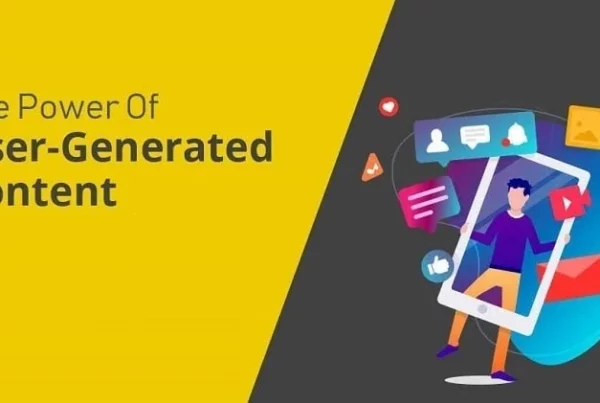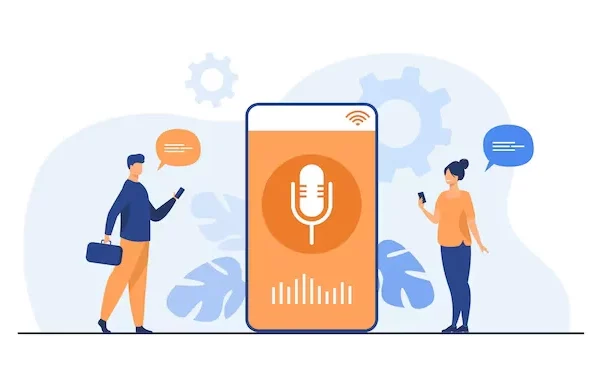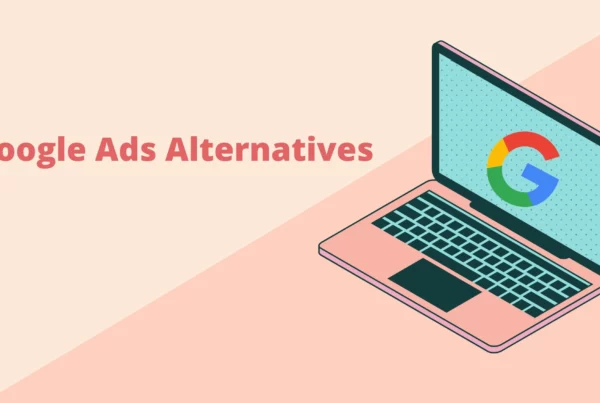
Some key aspects of on-page SEO include conducting keyword research to identify relevant search terms that people are using to find content like yours and then incorporating those keywords into your content in a natural and meaningful way. Additionally, it’s important to ensure that your website’s structure and navigation are easy to use and understand and that your content is engaging and useful to your audience.
Other important on-page optimization factors include optimizing your page titles and meta descriptions to be descriptive and compelling, using header tags to structure your content and make it easier to read, and optimizing your images for search engines by using descriptive alt text and optimizing file names.
Ultimately, effective on-page SEO requires a thorough understanding of your audience, your content, and the search terms and phrases that are most relevant to your business or website. By optimizing your on-page elements strategically and thoughtfully, you can improve your search engine rankings and attract more organic traffic to your website.
ON-PAGE SEO FACTORS
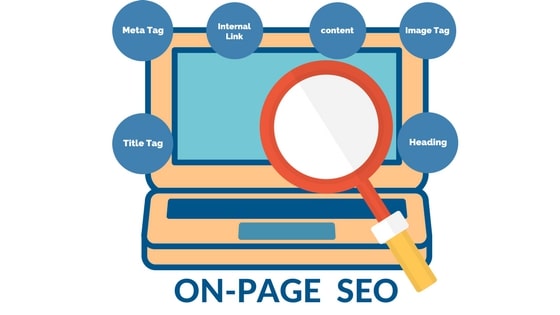
- Keyword optimization
- Content optimization
- Title tag optimization
- Meta description optimization
- Header tag optimization
- Image optimization
- Internal linking
KEYWORD OPTIMIZATION
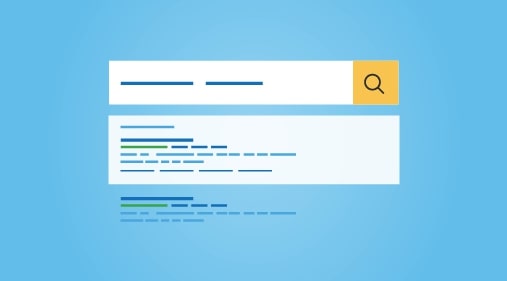
Keyword optimization in on-page SEO involves strategically incorporating relevant keywords and phrases into the content and structure of a webpage to improve its search engine visibility and relevance for specific search queries. This includes researching and identifying the most relevant and valuable keywords for your website and industry and then optimizing your content to include those keywords in a natural and meaningful way.
Keyword optimization can be done by including target keywords in various on-page elements such as the page title, headings, meta description, URL, image alt tags, and throughout the body of the content. It is important to avoid overusing keywords, or “keyword stuffing,” which can result in a penalty from search engines. Instead, the focus should be on creating high-quality content that meets the user’s needs and includes the most relevant and valuable keywords in a natural way. By optimizing for relevant keywords, you can help search engines understand the content and context of your web pages and improve your chances of ranking higher in search results for those terms.
CONTENT OPTIMIZATION
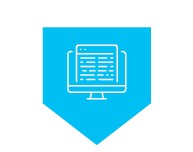
Content optimization in on-page SEO involves creating high-quality, relevant, and engaging content that meets the user’s needs and is optimized for search engines. This includes identifying and targeting specific keywords and phrases that are relevant to your audience and industry and then creating content that includes those keywords in a natural and meaningful way.
To optimize content for search engines, it is important to structure your content using headings, subheadings, and bullet points to make it easier to read and understand. It is also important to use descriptive and engaging meta descriptions that accurately summarize the content of the page and encourage people to click through to your website.
Additionally, content optimization involves ensuring that the content is of high quality and relevance to the user. This includes providing informative and valuable information, using high-quality images and other media to enhance the user experience, and ensuring that the content is well-written, error-free, and easy to read and understand.
By optimizing your content for search engines, you can improve your chances of ranking higher in search results for relevant keywords and phrases, and attract more organic traffic to your website.
TITLE TAG OPTIMIZATION

Title tag optimization in on-page SEO involves optimizing the title tag of a webpage to make it more descriptive, relevant, and compelling for both search engines and users. The title tag is the HTML element that specifies the title of a webpage, and it is one of the most important on-page factors that search engines consider when ranking web pages in search results.
To optimize the title tag, it is important to include relevant keywords and phrases that accurately reflect the content of the page. However, it is equally important to make the title tag compelling and engaging for users by using descriptive language that encourages them to click through to your website.
The ideal length for a title tag is around 50-60 characters, and it should be unique for each page on your website. Additionally, it is important to avoid overusing keywords in the title tag or creating misleading titles that do not accurately reflect the content of the page.
By optimizing the title tag of a webpage, you can improve its relevance and visibility in search results, and increase the likelihood that users will click through to your website.
META DESCRIPTION OPTIMIZATION
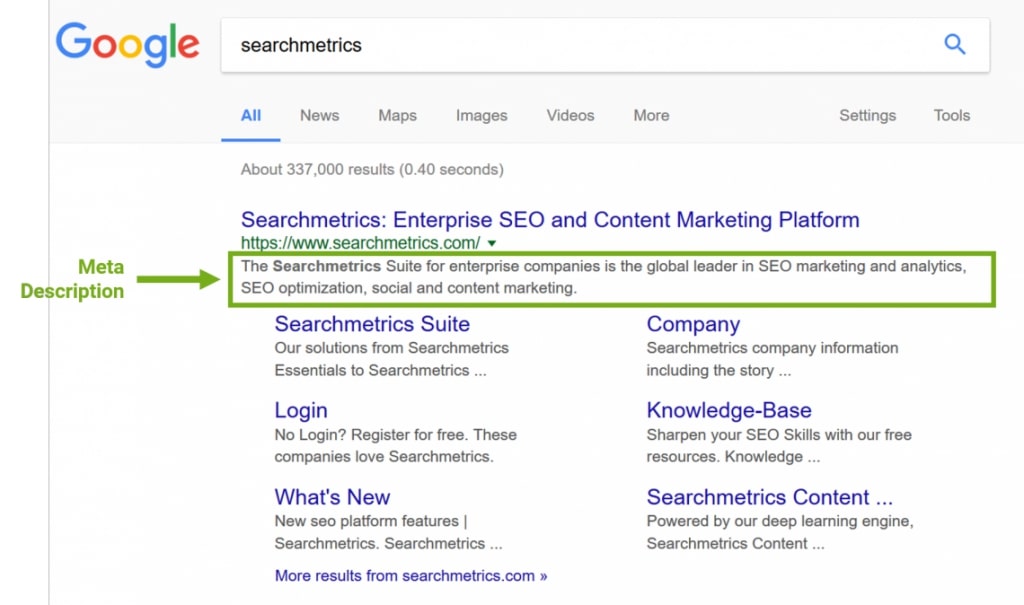
Meta description optimization in on-page SEO involves optimizing the meta description of a webpage to provide a concise and compelling summary of the page’s content for both search engines and users. The meta description is an HTML element that provides a brief description of the content of a webpage, and it appears below the title tag in search engine results.
To optimize the meta description, it is important to include relevant keywords and phrases that accurately reflect the content of the page. However, it is equally important to make the meta description engaging and compelling for users by using descriptive language that encourages them to click through to your website.
The ideal length for a meta description is around 155-160 characters, and it should be unique for each page on your website. Additionally, it is important to avoid overusing keywords in the meta description or creating misleading descriptions that do not accurately reflect the content of the page.
By optimizing the meta description of a webpage, you can improve its relevance and visibility in search results, and increase the likelihood that users will click through to your website
HEADER TAG OPTIMIZATION
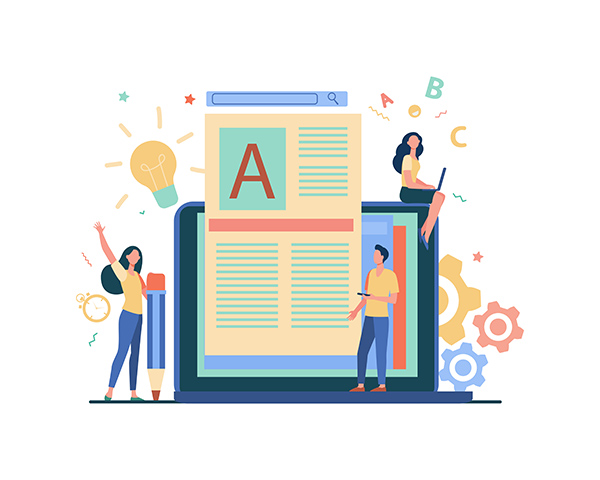
Header label advancement in on-page Website optimization includes utilizing header labels (H1, H2, H3, and so forth.) to arrange the content of a webpage in a way that both users and search engines can easily read and comprehend. The content on a page is organized in a hierarchical manner by header tags, with H1 being the primary heading and subsequent tags being subheadings.
To optimize header tags, it is important to use them to structure the content logically and hierarchically. The H1 tag should be used for the main heading of the page, and subsequent tags should be used for subheadings and other important sections of the content.
In addition to improving the readability and structure of the content, header tags can also help to signal the relevance and importance of the content to search engines. By including relevant keywords and phrases in the header tags, you can improve the relevance and visibility of the page for those terms.
It is important to note that overusing header tags or using them incorrectly or misleadingly can hurt the user experience and search engine rankings. Therefore, it is important to use header tags strategically and in a way that supports the overall structure and hierarchy of the content on the page.
IMAGE OPTIMIZATION

Image optimization in on-page SEO involves optimizing the images on a webpage to improve their relevance, visibility, and user experience. Images can play an important role in enhancing the visual appeal of a webpage, but they can also impact the page load time, which can harm user experience and search engine rankings.
To optimize images, it is important to ensure that they are appropriately sized and compressed for web use, as large or uncompressed images can slow down the page load time. Additionally, it is important to use descriptive file names and alt text for the images, as this can help search engines understand the relevance and context of the images.
The alt text should be used to provide a brief description of the image, including relevant keywords and phrases where appropriate. This not only improves the accessibility of the page for users with visual impairments but also helps search engines understand the content of the page and its relevance to search queries.
By optimizing the images on a webpage, you can improve the overall user experience and engagement, as well as the visibility and relevance of the page in search results.
INTERNAL LINKING
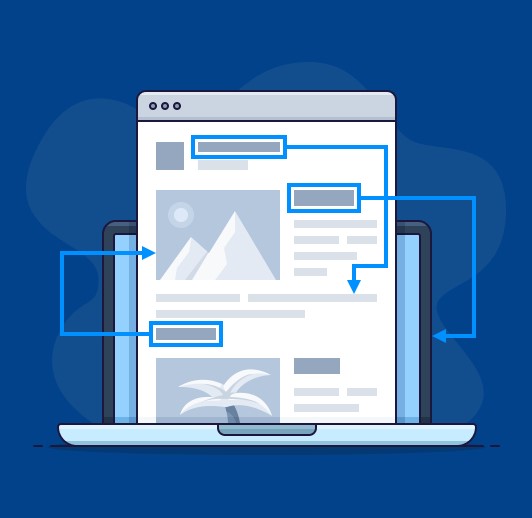
In on-page SEO, linking to other pages on your website from one page is called “internal linking.” The structure and hierarchy of your website’s content can be better understood by search engines thanks to internal links, which can also assist users in finding content that is related or pertinent to their search.
To optimize internal linking, you should ensure that the links support the overall structure and hierarchy of the content on the website and that they are relevant and useful for users. This can include linking to related content, using descriptive anchor text that accurately reflects the content of the linked page, and ensuring that the linked pages are easily accessible and navigable from the main navigation or other prominent locations on the site.
Internal linking can also distribute authority and relevance throughout your website, as search engines may consider pages that other pages frequently link to as more important and relevant. By optimizing internal linking on your website, you can improve the user experience and engagement, as well as the visibility and relevance of your website in search results.
